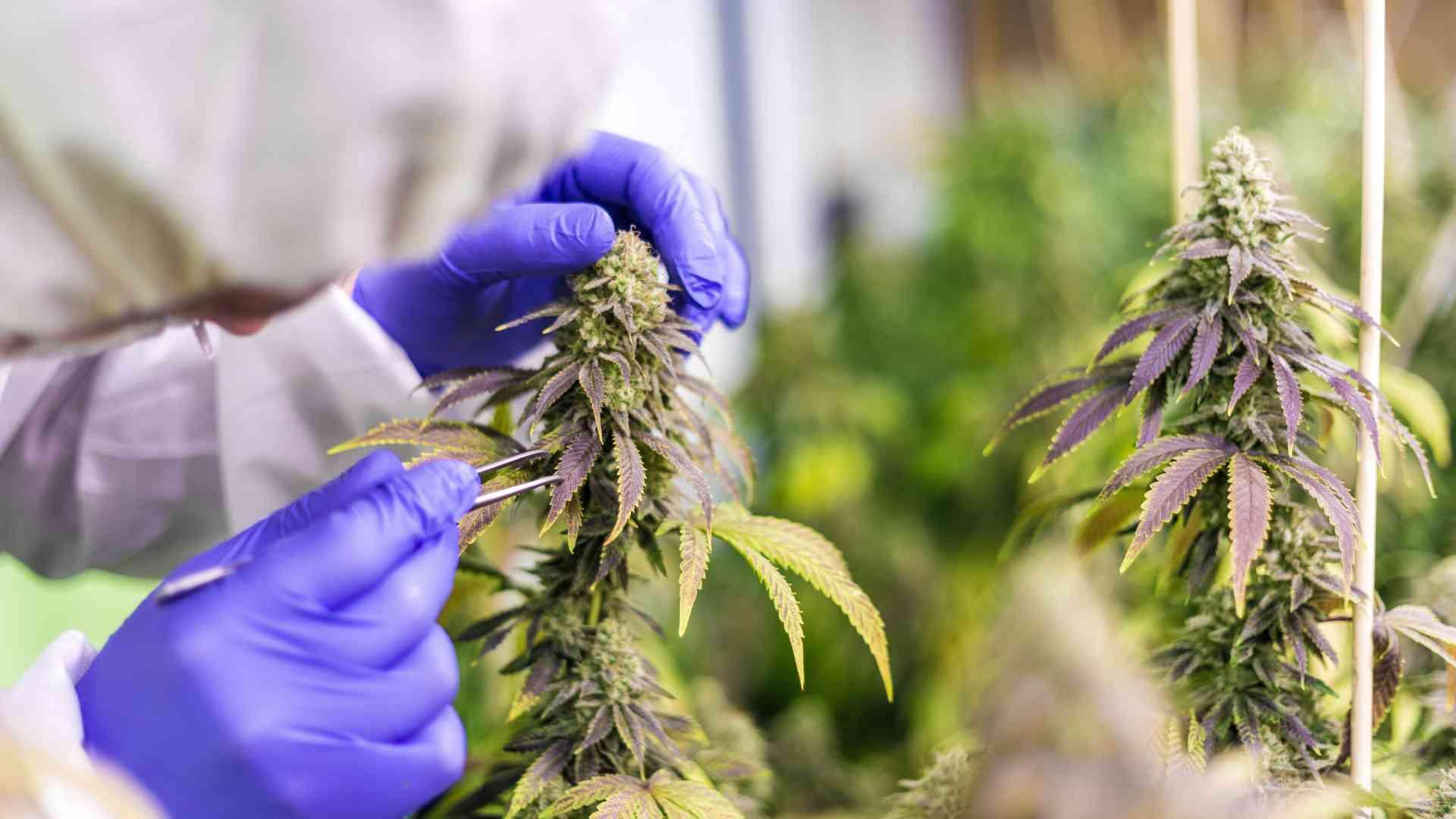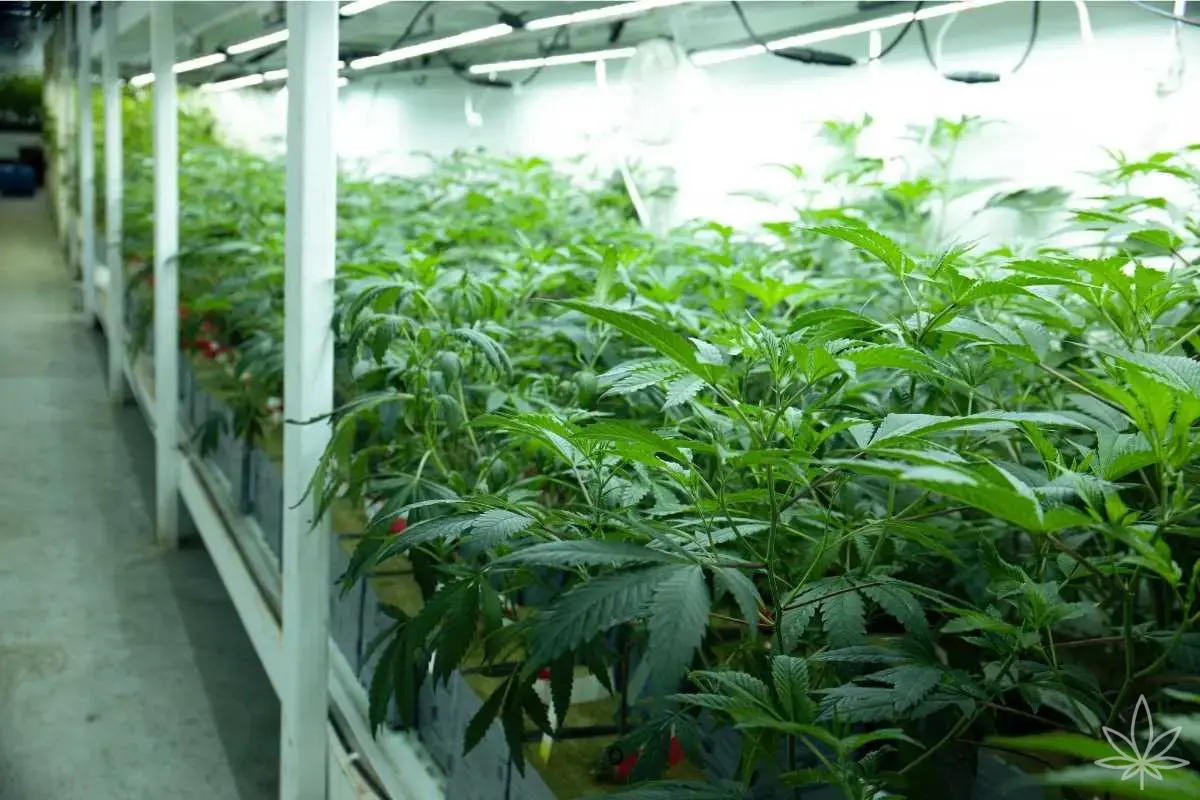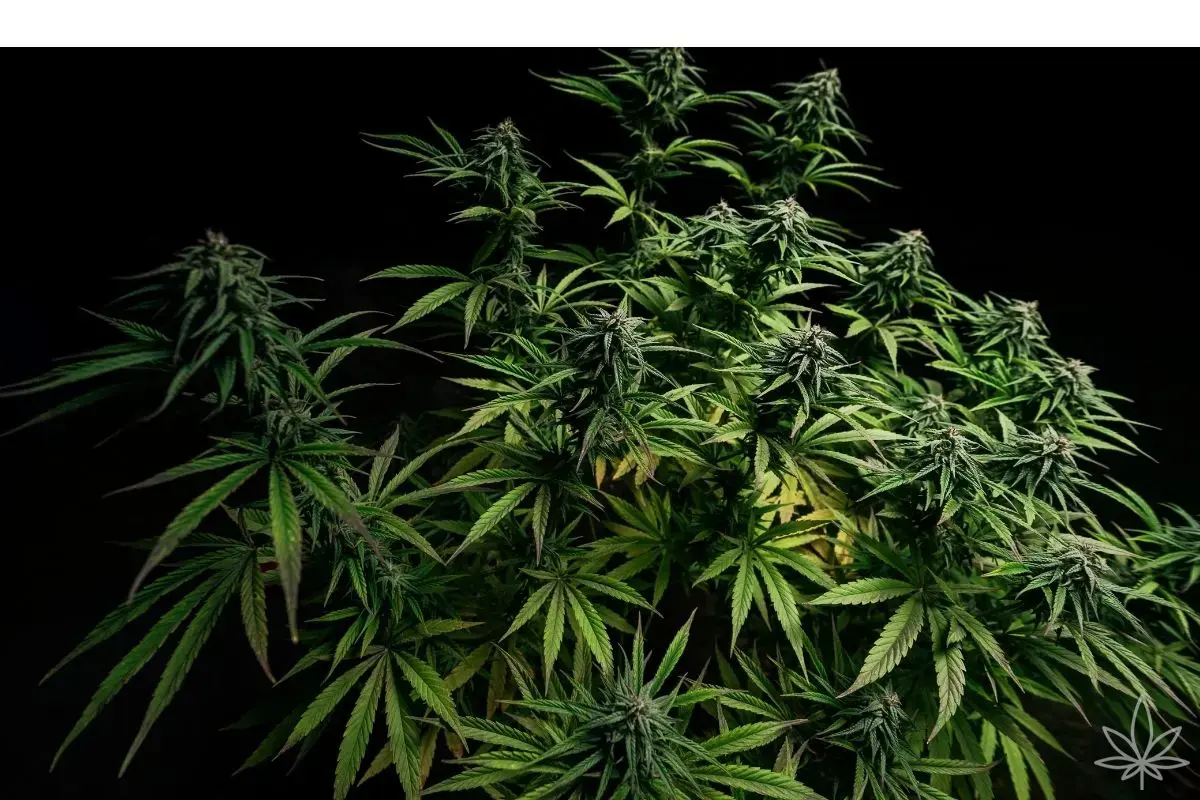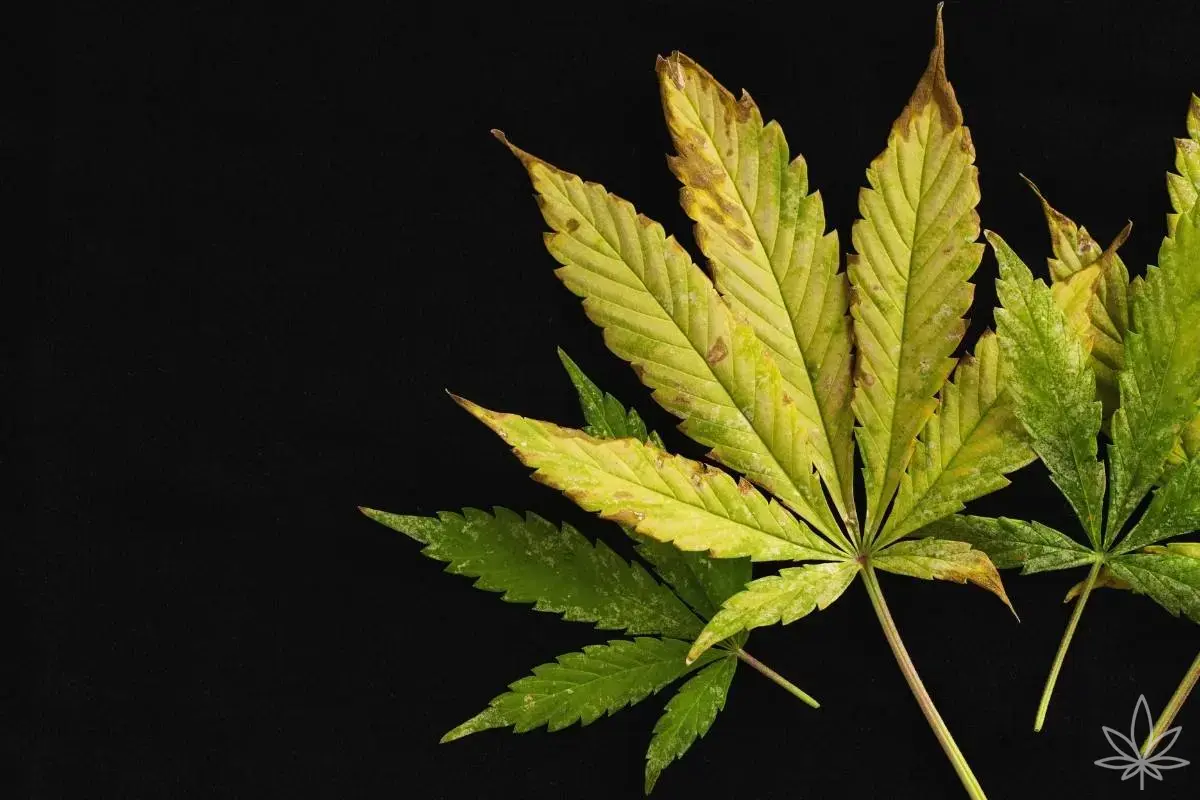Like any plant, marijuana requires nutrients to live. In natural conditions, it absorbs them from the soil, but in a controlled indoor environment, it's the grower who decides what the medium contains and how it's delivered to the plant. Imbalance in nutrient delivery can lead to deficiencies, stunted growth, lower flower quality, or even plant death.
Macronutrients – the foundation of healthy growth
Macronutrients are the elements the plant consumes in the largest quantities. Their deficiencies are the most common and visible. The most important macronutrients in cannabis cultivation are the NPK trio:
1. Nitrogen (N)
- Function: essential for leaf and stem growth, responsible for chlorophyll, protein, and amino acid production.
- Most important during: the vegetative growth phase.
- Deficiency symptoms: yellowing of older leaves, growth stalling.
- Excess symptoms: dark green leaves, "burned" tips, delayed flowering.
2. Phosphorus (P)
- Function: supports root development, flowering, and resin production.
- Most important during: the flowering phase.
- Deficiency symptoms: purple stems, weak roots, poor flower formation.
- Excess symptoms: blocks uptake of other nutrients, such as zinc or iron.
3. Potassium (K)
- Function: regulates water management, strengthens plant tissues, supports sugar production and resistance.
- Important during: the entire cycle, especially flowering.
- Deficiency symptoms: brown spots on leaves, wilting, weak stems.
- Excess symptoms: magnesium and calcium lockout.
Secondary macronutrients – equally important, less known
In addition to NPK, cannabis also needs other macronutrients in slightly smaller amounts:
4. Calcium (Ca)
- Strengthens cell walls and supports cell division.
- Deficiency results in deformation of new leaves and problems with absorbing other nutrients.
5. Magnesium (Mg)
- Central element of chlorophyll, essential for photosynthesis.
- Deficiency causes interveinal yellowing starting at the bottom of the plant.
6. Sulfur (S)
- Participates in protein synthesis and aromatic oil production.
- Deficiency resembles nitrogen deficiency but affects newer leaves first.
Micronutrients – small in quantity, big in impact
Though needed in trace amounts, micronutrients are essential for proper enzyme function, metabolism, and plant immunity. The most important include:
- Iron (Fe) – crucial for photosynthesis. Deficiency leads to chlorosis in young leaves.
- Manganese (Mn) – supports metabolism and leaf development. Deficiency causes light-colored spots between veins.
- Zinc (Zn) – needed for plant hormone synthesis. Deficiency results in dwarfism.
- Boron (B) – supports tissue development and flowering.
- Copper (Cu) – involved in sugar transport and cellular respiration.
- Molybdenum (Mo) – vital for nitrogen metabolism.
- Chlorine (Cl) – maintains water balance in cells.
How to deliver nutrients?
Most often, growers use ready-made mineral fertilizers in liquid or powder form, mixed with water. The market offers fertilizers specifically designed for cannabis, with clearly defined NPK ratios and added micronutrients.
Alternatives include:
- Organic fertilizers (compost, guano, worm castings) – work slower but are more natural.
- Hydroponics – requires precise nutrient dosing.
- Custom mixes – for advanced growers.
It’s essential to adjust dosages according to the plant’s growth stage. During vegetative growth, nitrogen dominates, while flowering requires more phosphorus and potassium.
Common nutrient mistakes
- Overfertilization (nutrient burn): leaf tips turn yellow or brown.
- Low pH in the medium: can block nutrient availability.
- Watering without checking EC and pH: leads to salt buildup and plant stress.
- Ignoring deficiency symptoms: a fast response can save your crop.
Summary
Understanding the basics of marijuana fertilization is one of the cornerstones of successful cultivation. Each nutrient – macro and micro – plays a crucial role in the plant’s life cycle. The key to success lies not only in choosing the right fertilizers but also in applying them wisely and observing the signals your plants are sending. Thoughtful feeding means healthy plants, higher yields, and better-quality buds.







